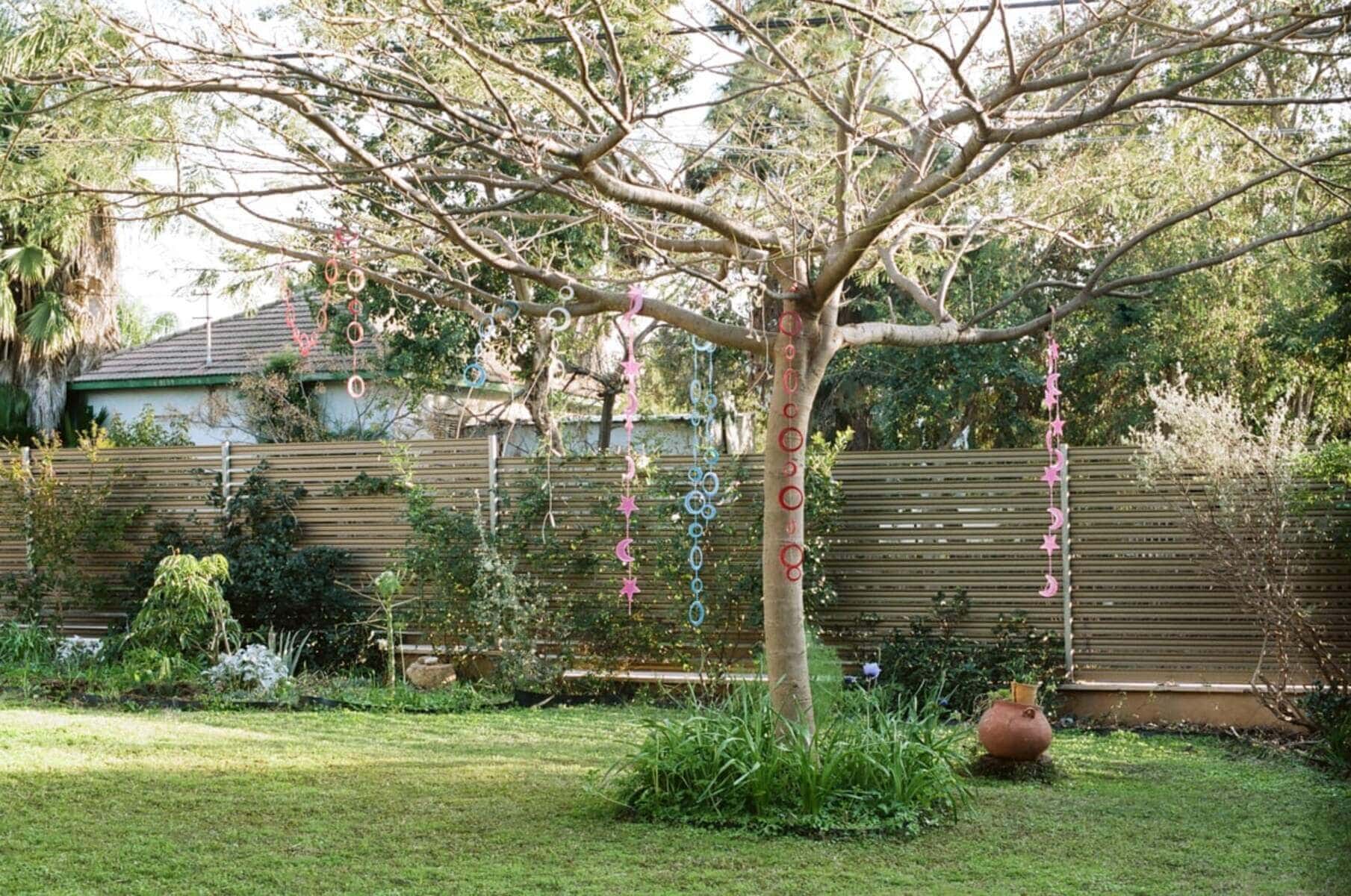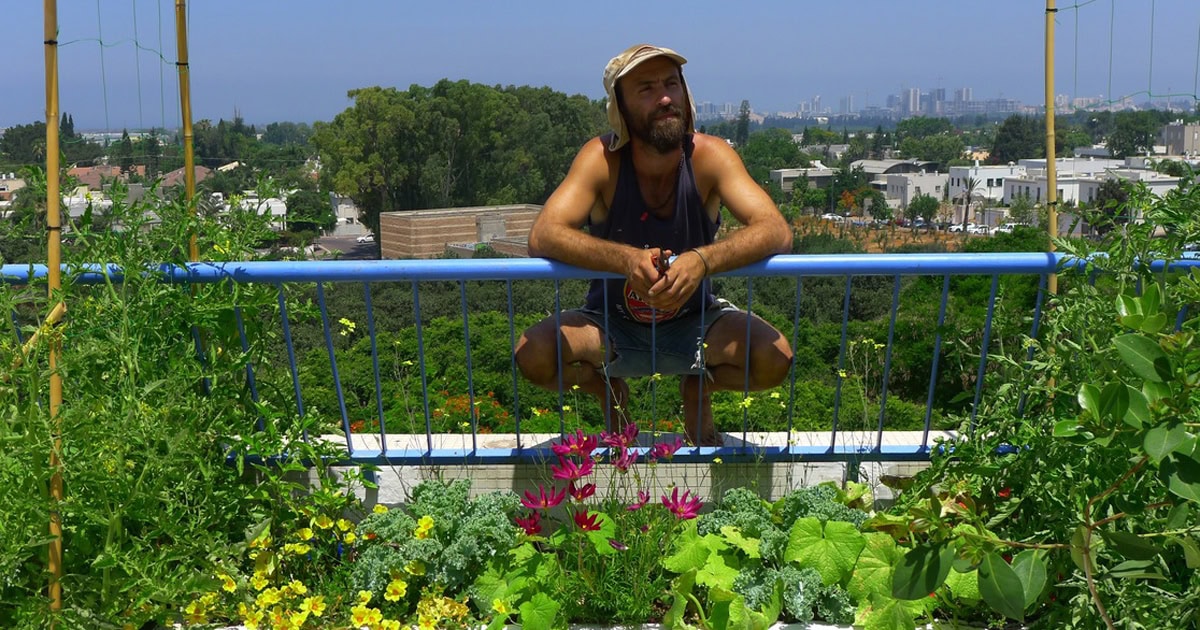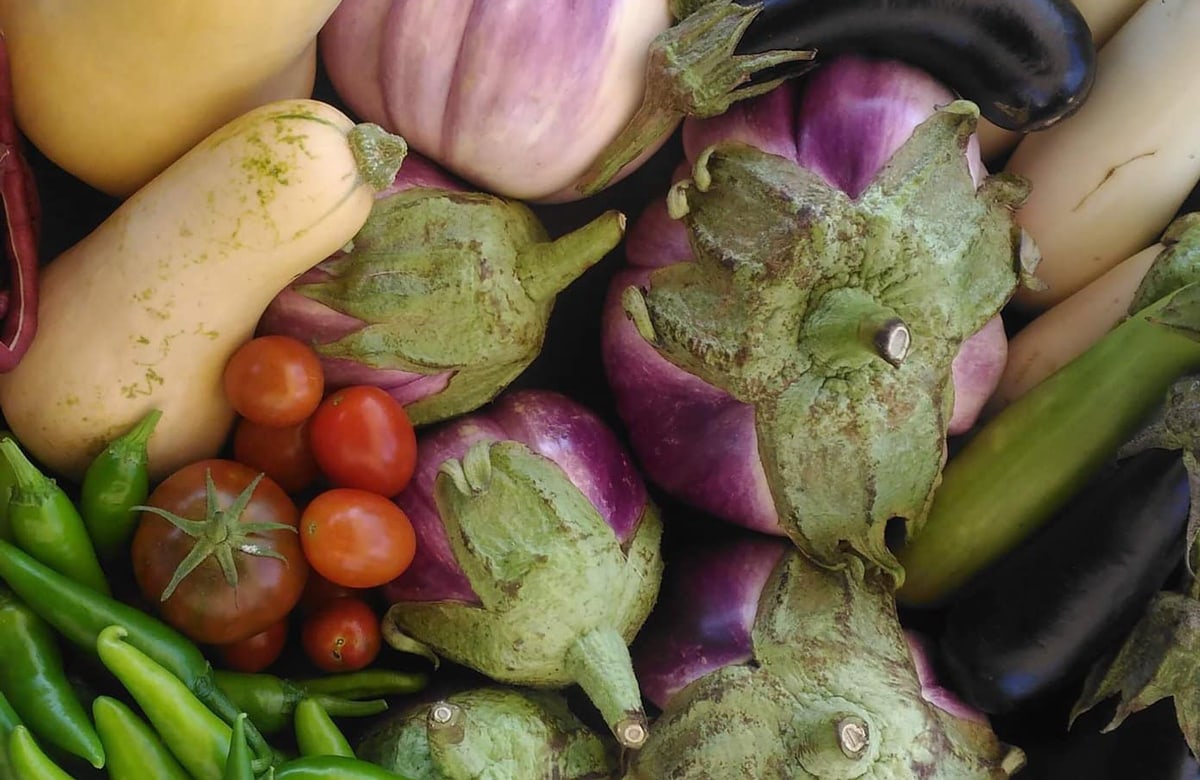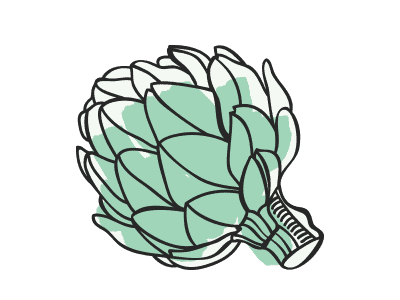Tu Bishvat is upon us and nurseries and people around the country are getting ready to plant trees left, right and everywhere! The Jewish holiday literally translates to “New year of the trees” and is accompanied by mass planting ceremonies around Israel – a very positive tradition.
But is it actually the right time of the year to plant all trees?
The answer is yes and no. January and February in Israel are usually the coldest and wettest months of the year. The days are still relatively short, the winds are strong and occasionally there is hail. At this time of year, not all trees (or plants) are happy to leave the comfort of the nursery they were raised in and be planted outdoors.
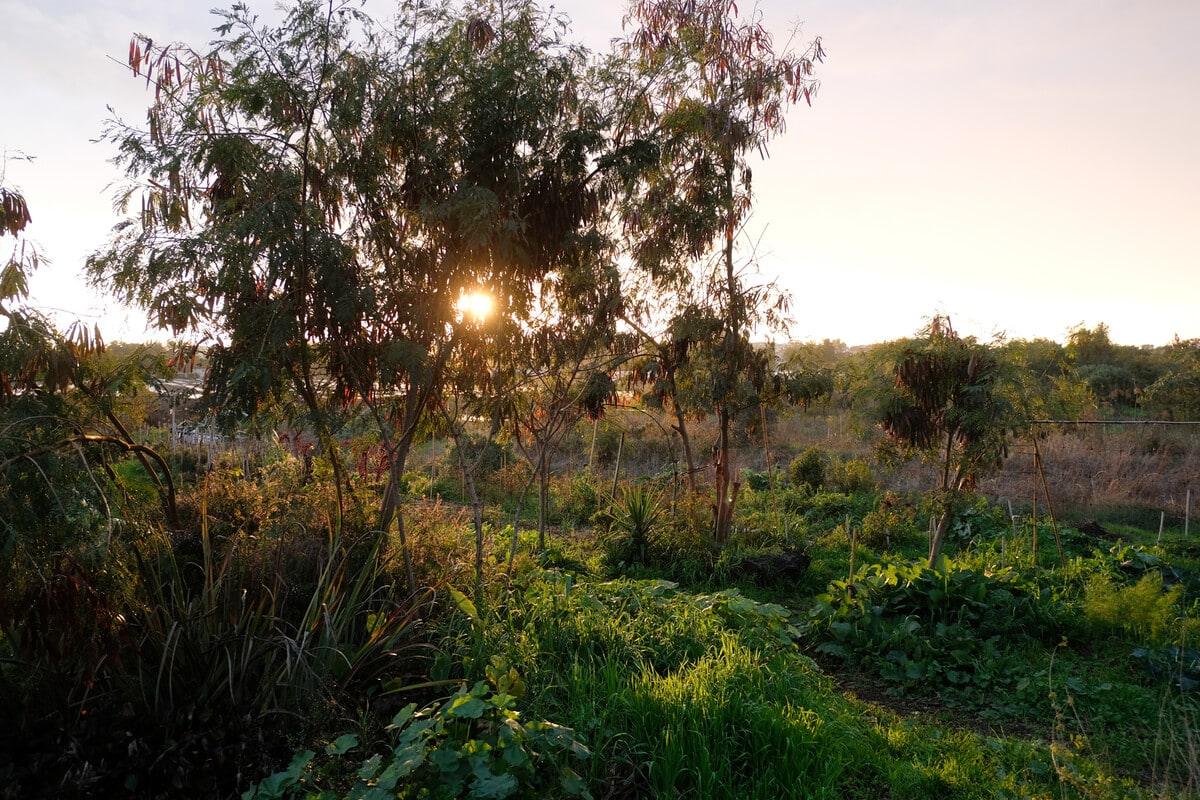
What makes a tree a tree?
The word “tree” covers many different groups of plants and there are many rules and exceptions to these rules. To make things simple, let’s divide trees into two groups: evergreen trees and deciduous trees.
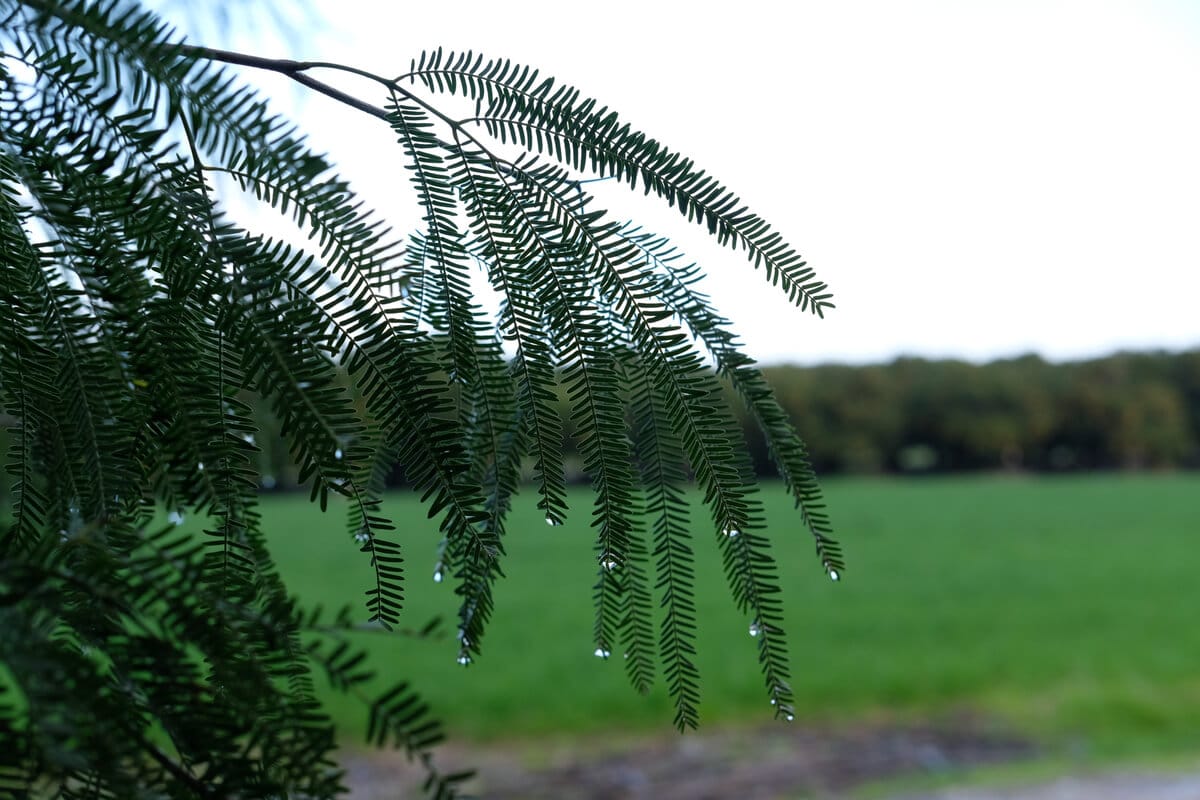
Evergreen Lucerne tree.
What’s an evergreen tree?
Evergreen trees keep their leaves all year round. Their leaves are the most delicate and fragile part of the tree (aside from its flowers). So, when planting a small, young evergreen tree in the middle of winter, we expose its foliage to low temperatures, strong winds and occasional hail. We also do this at a time when it takes longer to grow new foliage (due to less sunlight).
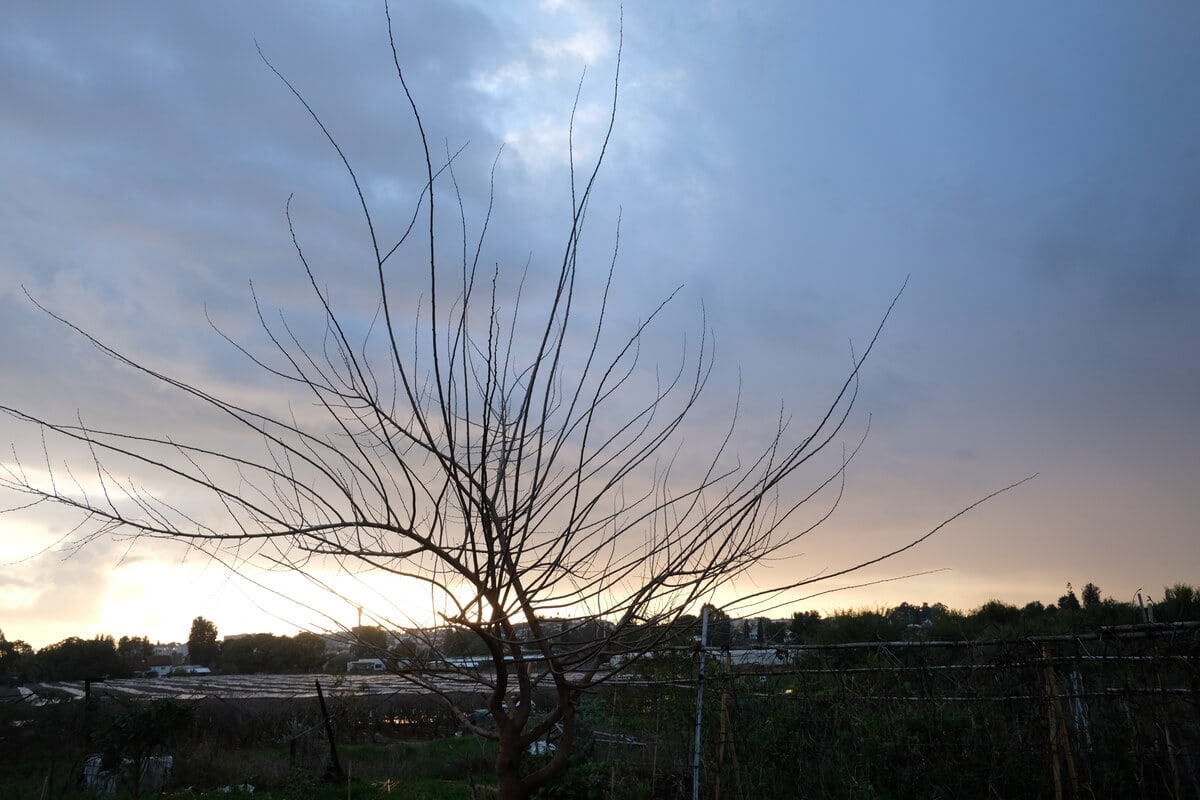
Deciduous Mulberry tree in the winter.
What’s a deciduous tree?
Deciduous trees lose their foliage in the winter months and turn more-or-less dormant (while the roots continue to stay active). In this way, deciduous trees reserve their precious energy and don’t waste it on trying to protect and regrow foliage. That’s why they are more hardy and can withstand the harshest of winters.
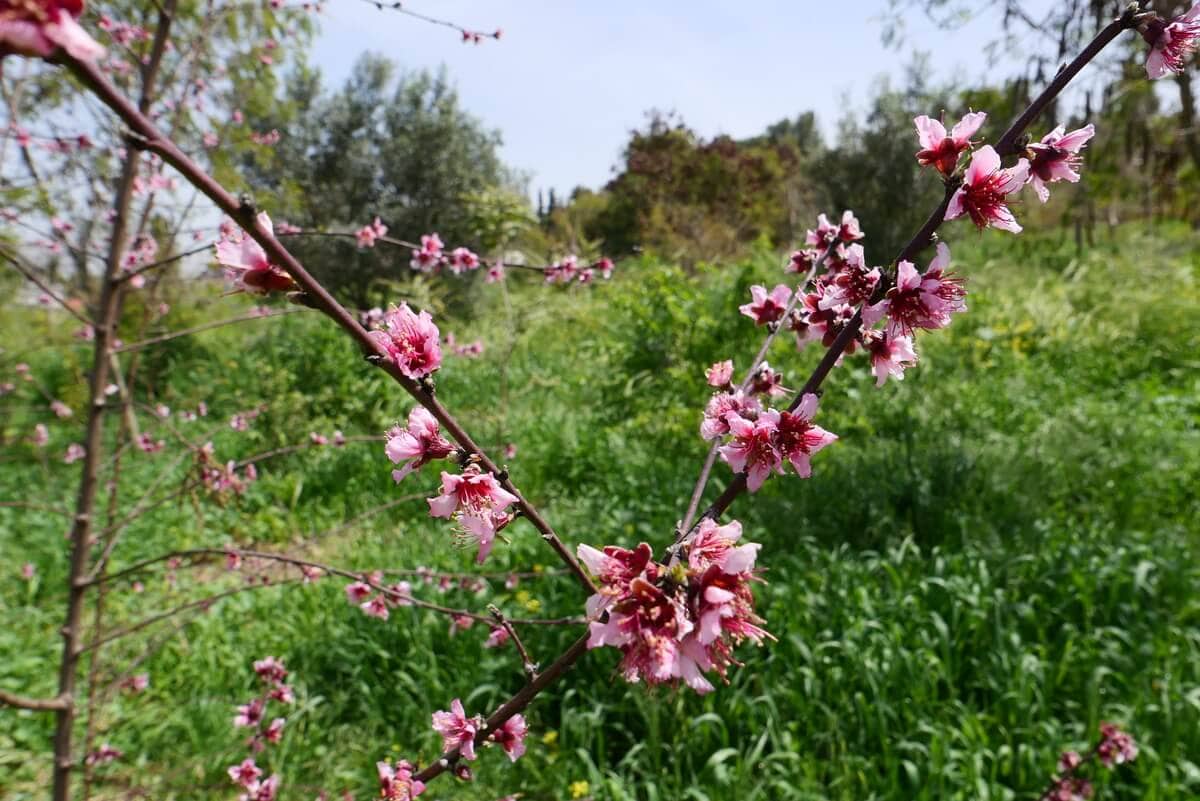
A peach tree in Spring bloom.
What are the best trees to plant around Tu Bishvat?
The best trees to plant around Tu Bishvat (January-February) are deciduous trees. In particular, deciduous fruit trees. Recommended fruit trees are pomegranates, figs, apples and stone fruits like plum, apricot, peach, nectarine and so on.
Tip: plant trees with “exposed roots”
During January and February, you’ll be able to find deciduous tree seedlings with “exposed roots” in nurseries. If possible we recommend planting these seedlings in preference to those grown in containers.
Seedlings with “exposed roots” are grown in a patch of soil and not in a pot. The advantage is that they are able to spread their root system in a wide and symmetrical form which contributes to healthy and fast development when transplanted to their final destination. Seedlings grown in containers tend to get root bound and entangled, which potentially slows their development and hinders their success.
We hope this article has helped!
Happy Tu Bishvat and we wish fruitful planting for you all!
